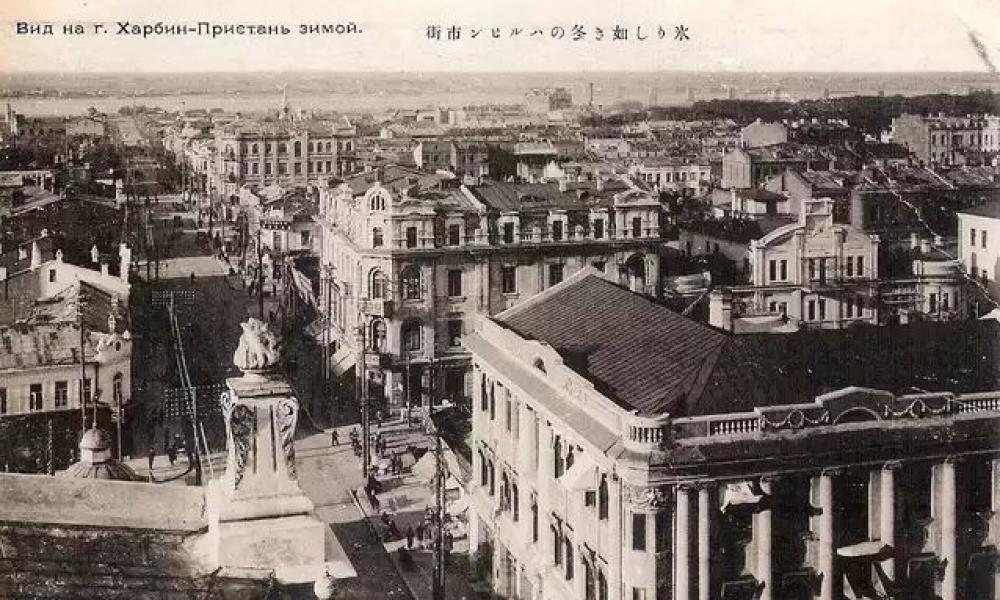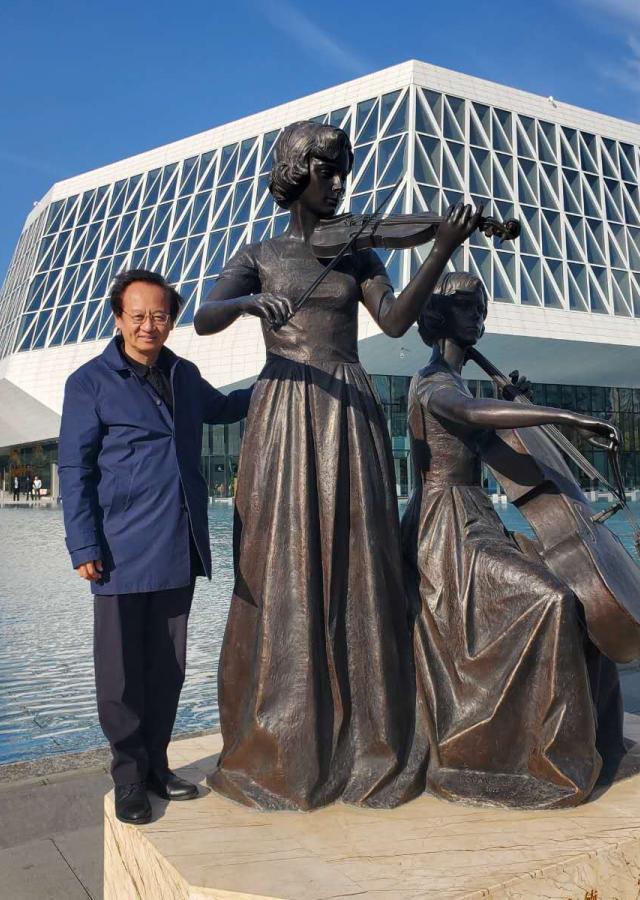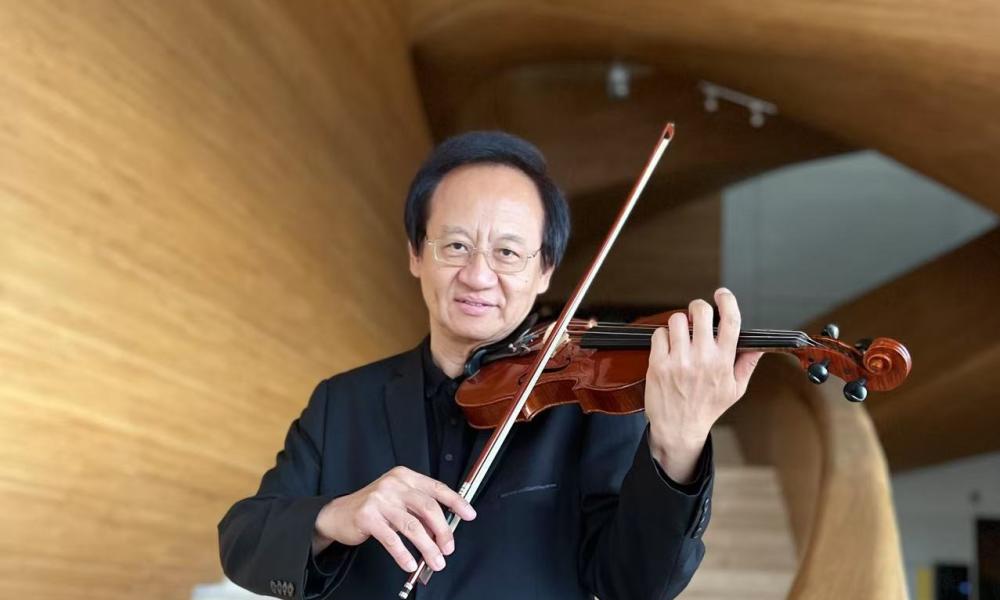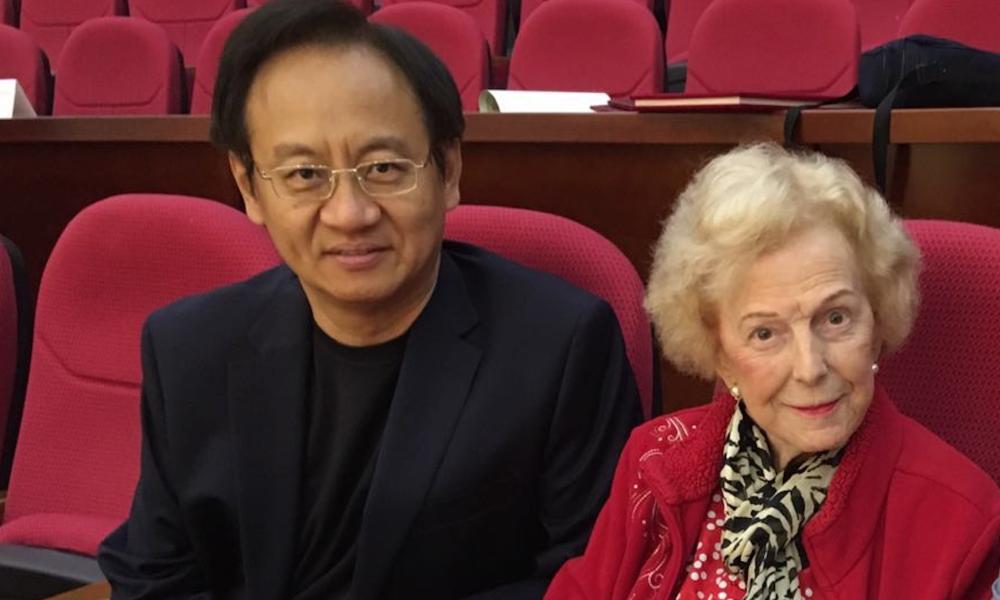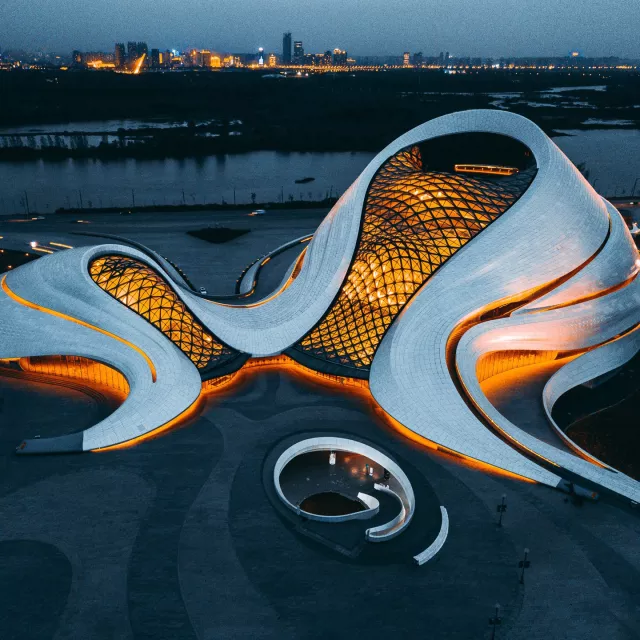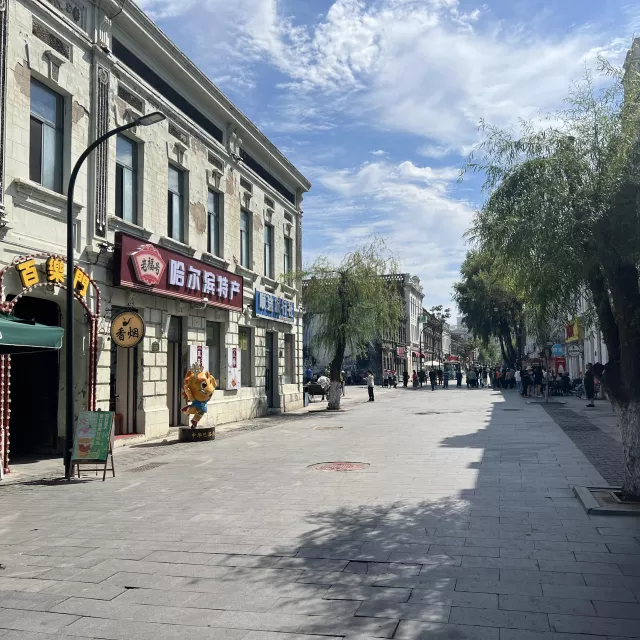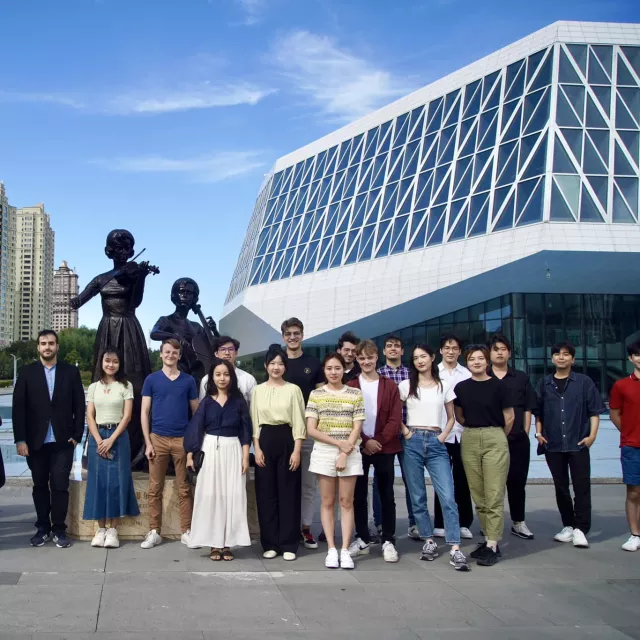The Schoenfeld Competition is based in Harbin, but it also has also a supporting organisation in the United States- the Schoenfeld Society. Please tell us a little bit about how the two organisations go together.
The Schoenfeld Society hosts a number of initiatives, and the Competition is one of our major projects. In addition to the competition, we also host educational enrichment opportunities, including masterclasses, concerts, and youth engagement activities. The mission is to celebrate and promote classical music education and culture exchange.
Alice Schoenfeld established this non profit organization and appointed me as the president and the chair of the board. She wished to settle the competition in my hometown Harbin. She believed there are so many young talents here and they deserved to have more opportunities to be recognized. At the same time, bringing more of these talents will benefit the students and community for the great honor and motivation to let the young musicians to blossom here one competition after another.
Overall, our vision is that the Schoenfeld International String Competition serves as a cultural bridge across the Pacific. The Harbin office is largely responsible for the planning and implementation of the competition. The American headquarters supervises the operation, and invites international judges and overseas publicity. The early mornings in Los Angeles and the dusk of Harbin overlap, as our teams meet online for the preparation of the competition.
The Schoenfeld Competition preserves the memory of Alice and Eleonore Schoenfeld and their legacy. As a student of Alice Schoenfeld, what importance did she have for you and what relevance does the sister´s teaching have today?
Professor Schoenfeld has shaped my musical bloodline as an artist and given me the mission of becoming a cultural ambassador. In 2014, I introduced the Schoenfeld International String Competition to Harbin, and established the "Harbin Schoenfeld Children's Arts Society" in 2024. These efforts are embodiments of Professor Schoenfeld's educational philosophy of "spreading love to the world.”
The Schoenfeld sisters were my sole professors upon coming to the US. Their knowledge in music, their generosity as citizens of the world, and their endless love and pursuit for music deeply inspired me. Any success I experience in my career today stems from the encouragement, patience, and kindness the Schoenfeld sisters showed me.
Alice's professor, Karl Klingler, was the student of Joseph Joachim. Joachim’s distinctive style has been passed on through generations, and I am very proud to continue this legacy. The two sisters dedicated their whole lives to performing arts and music education. My mission is to continue passing their beliefs and spirit, to inspire young musicians and preserve their principles of embracing global love for music and art education.
©WFIMC 2025
Images ©WFIMC ©Suli Xue

